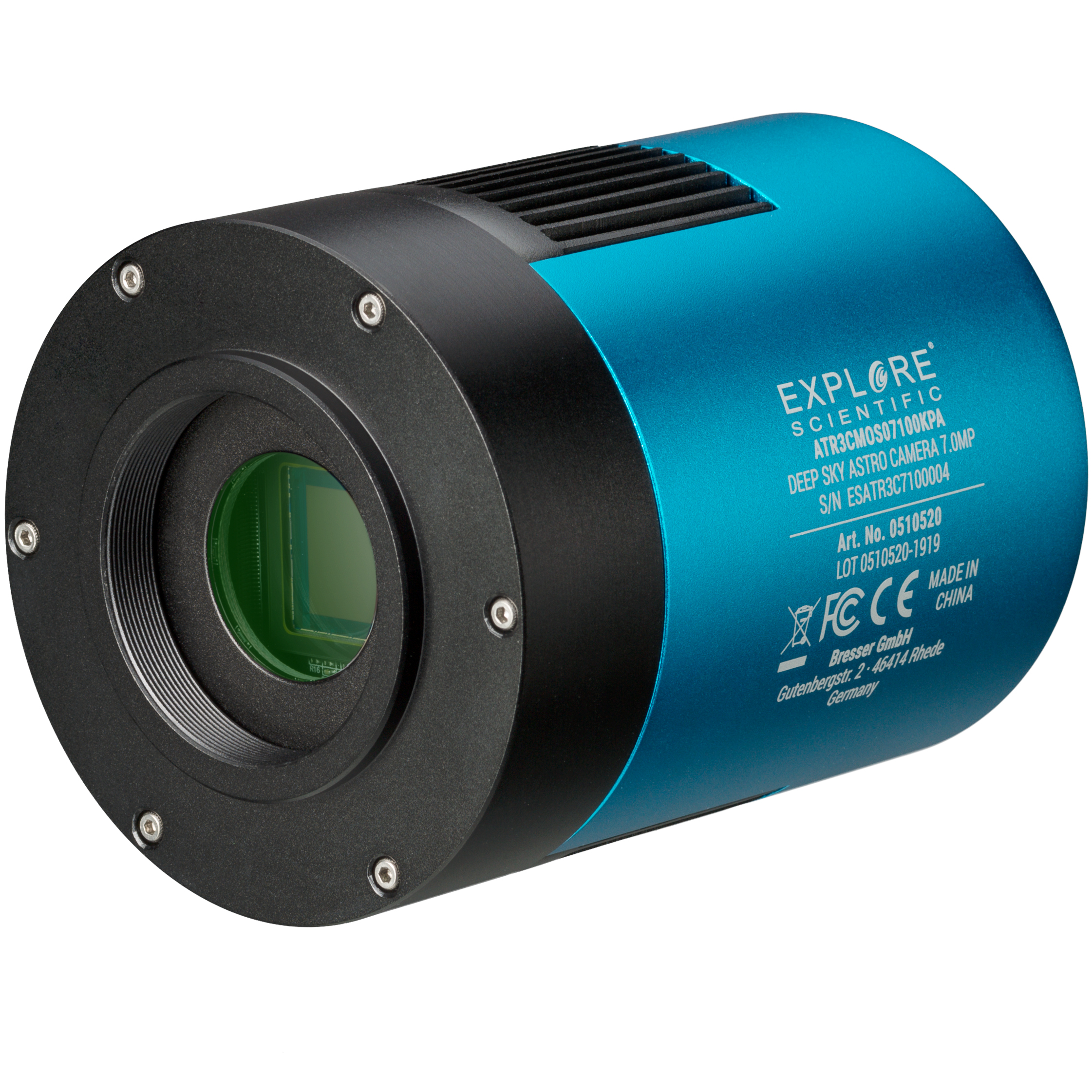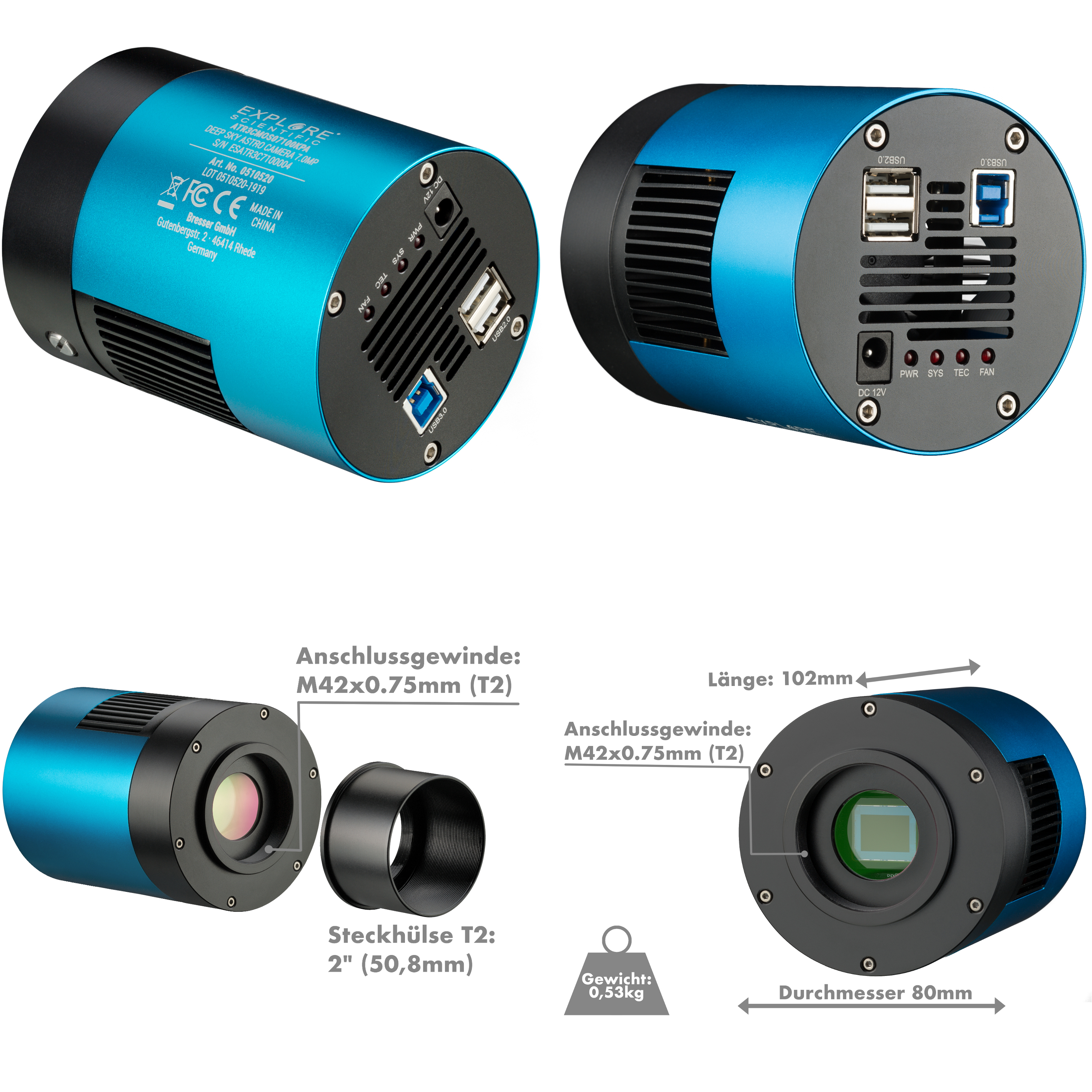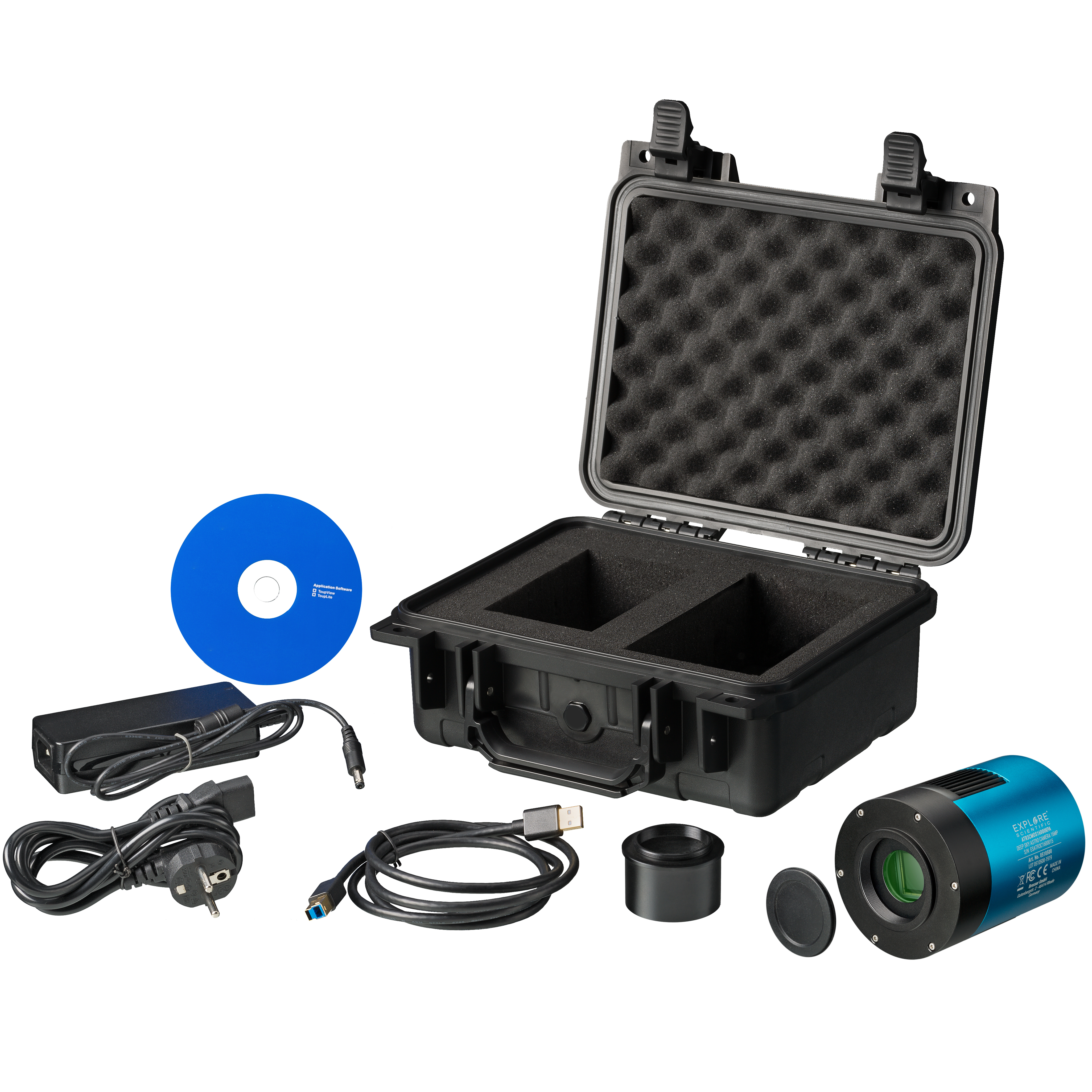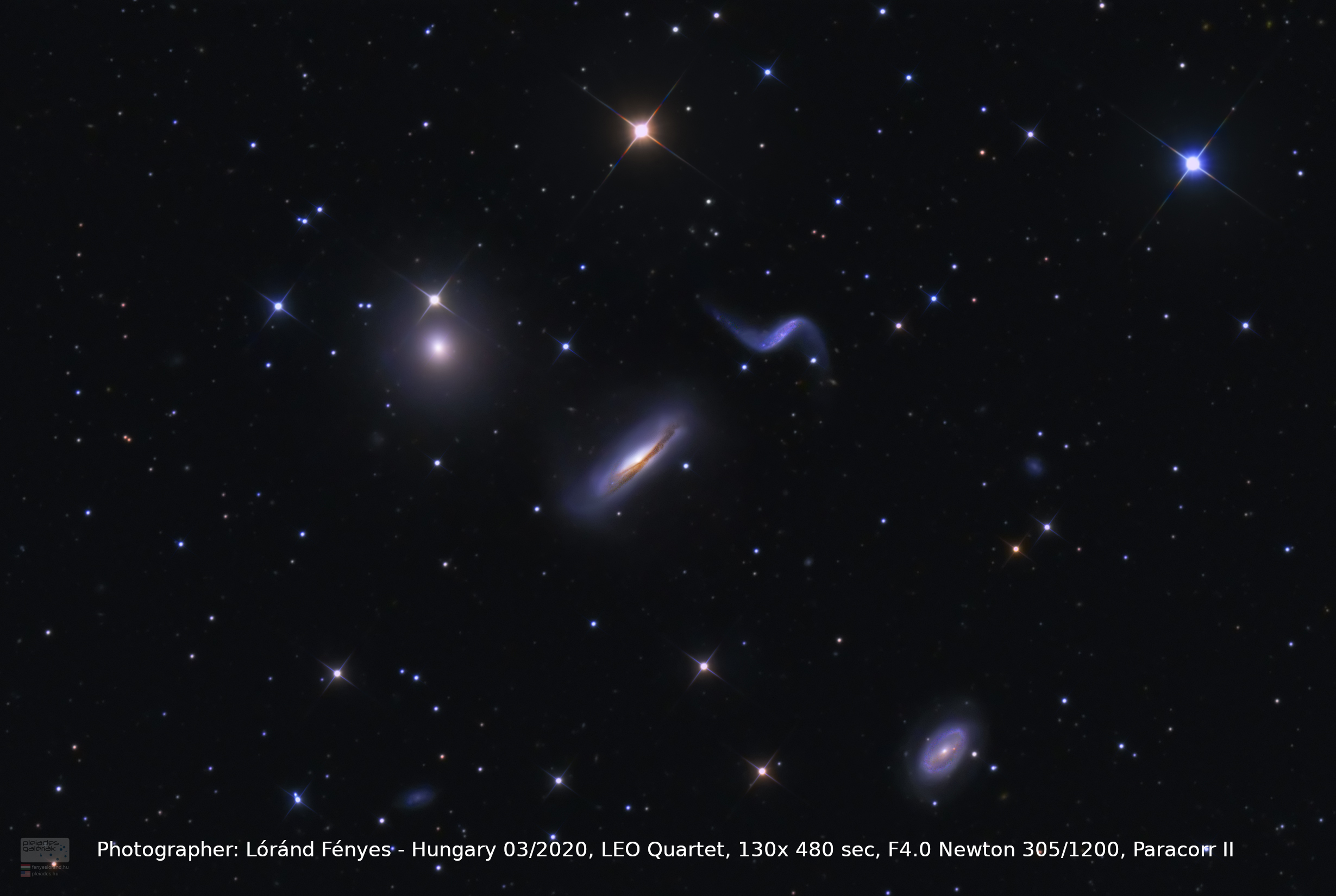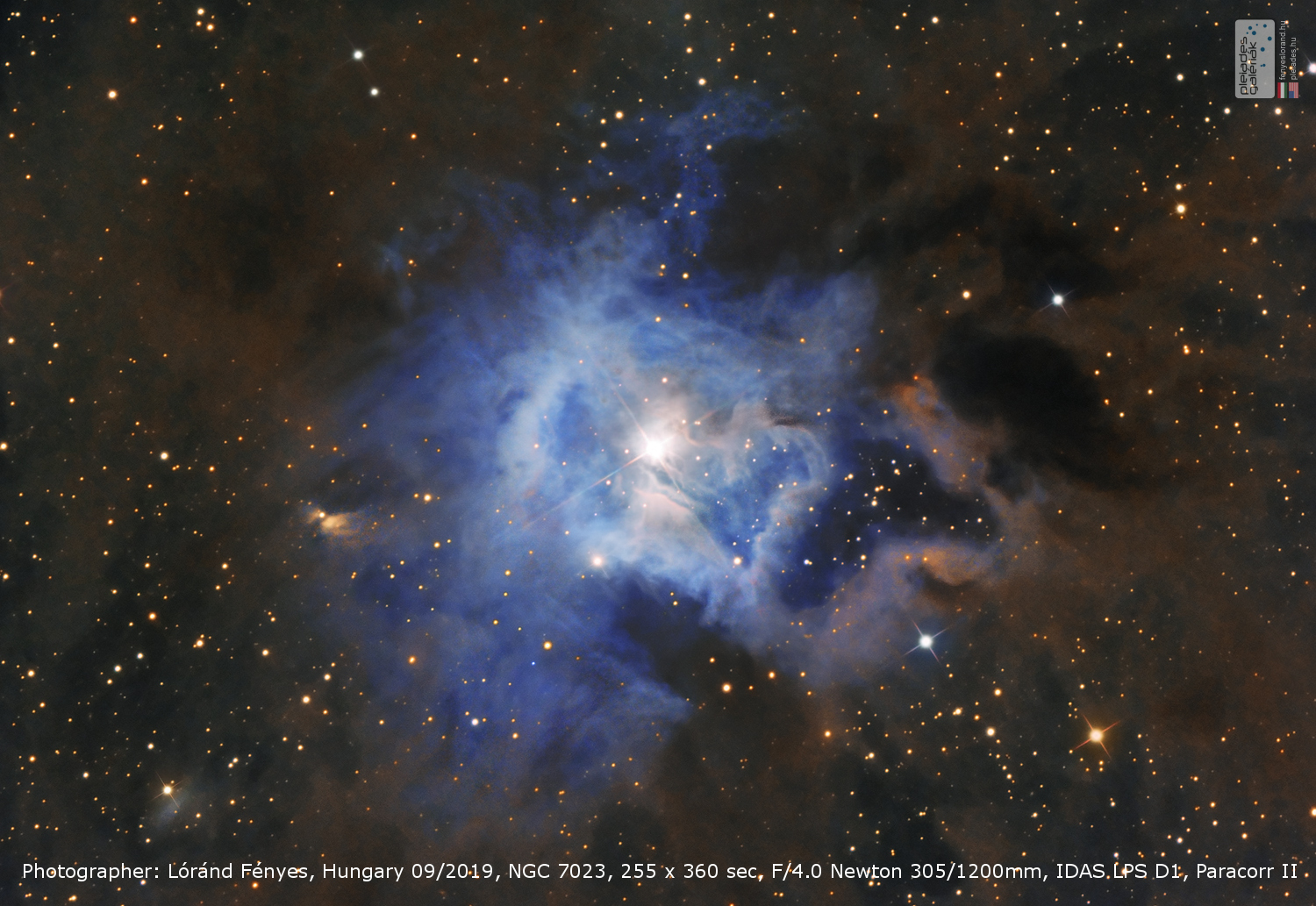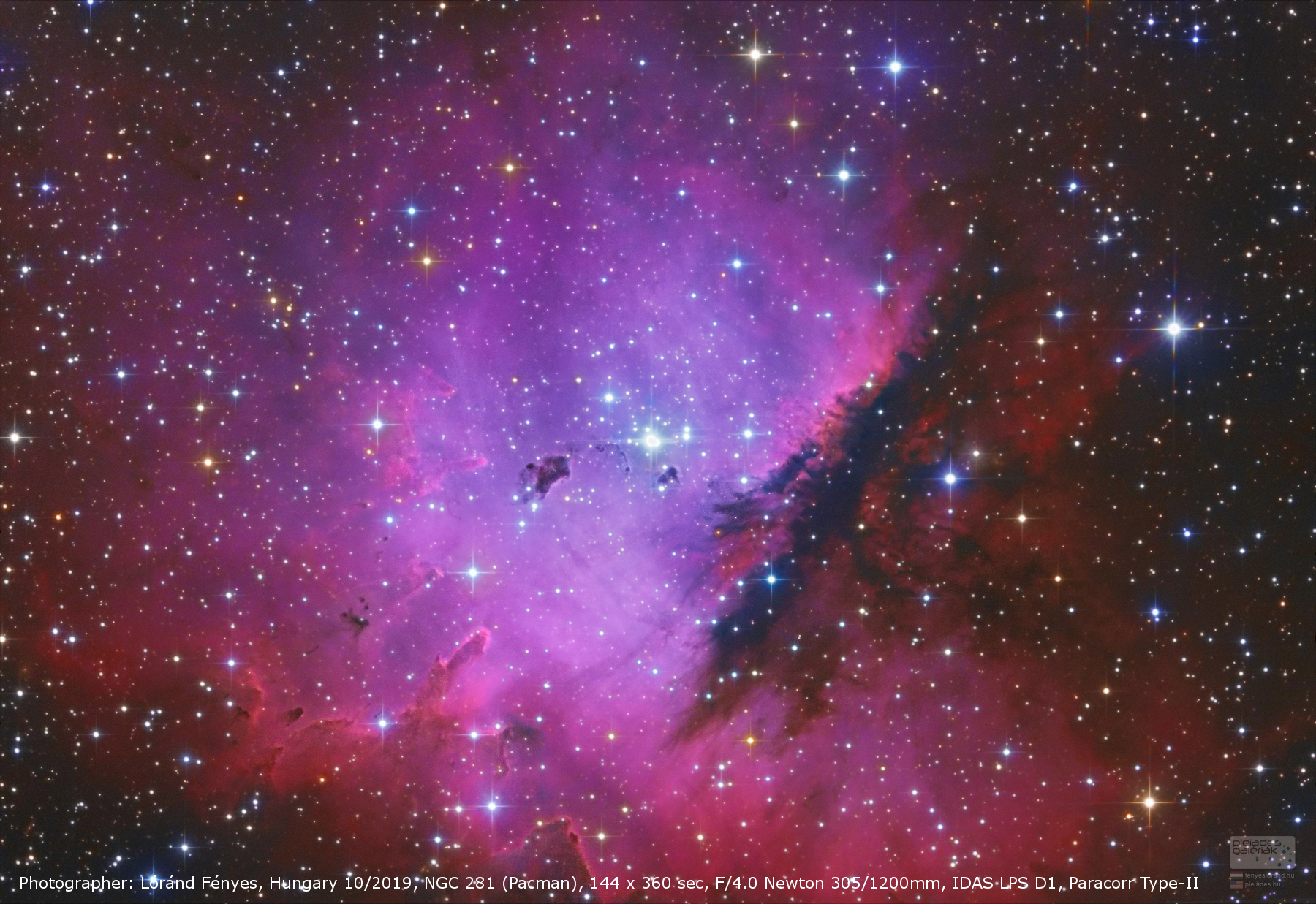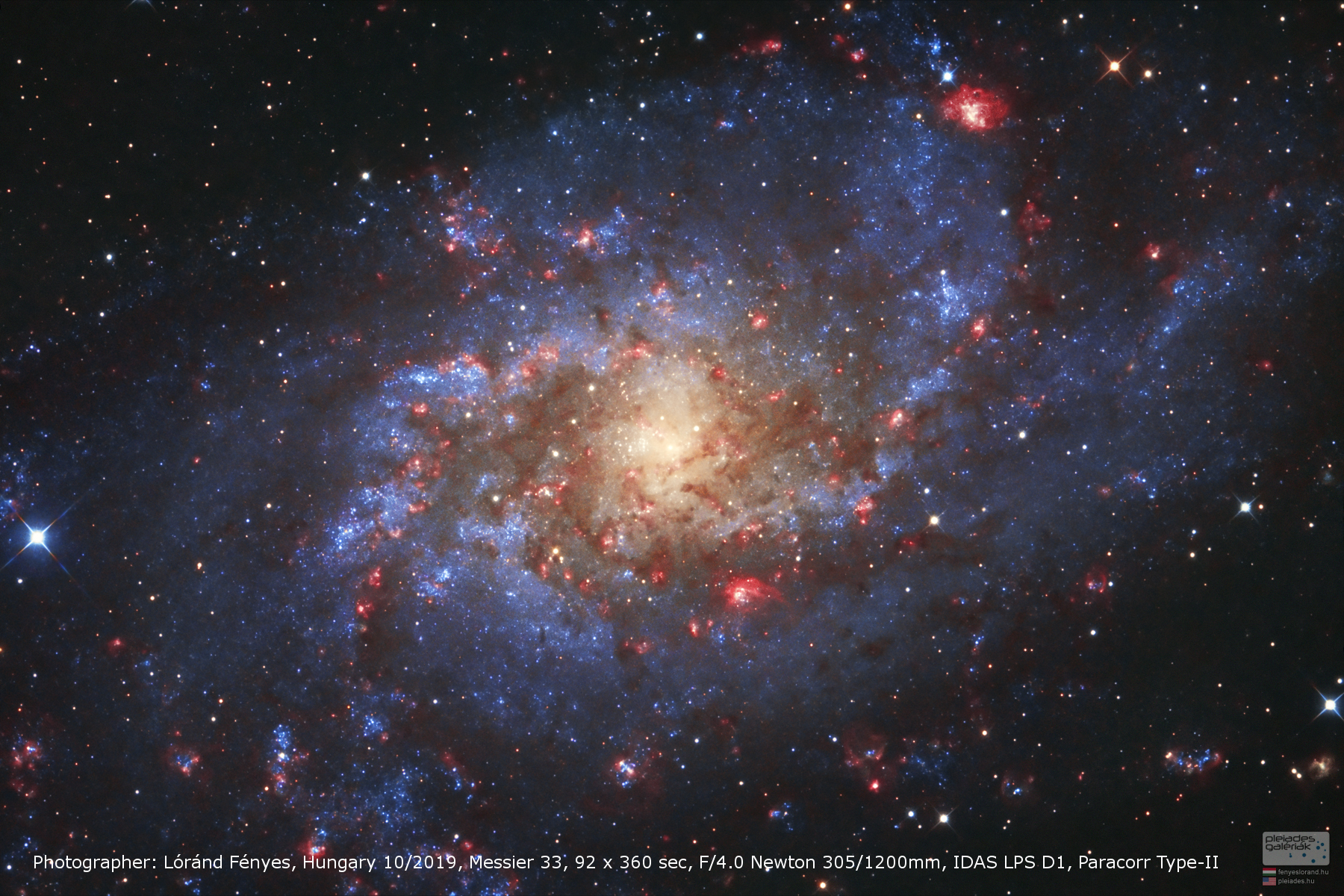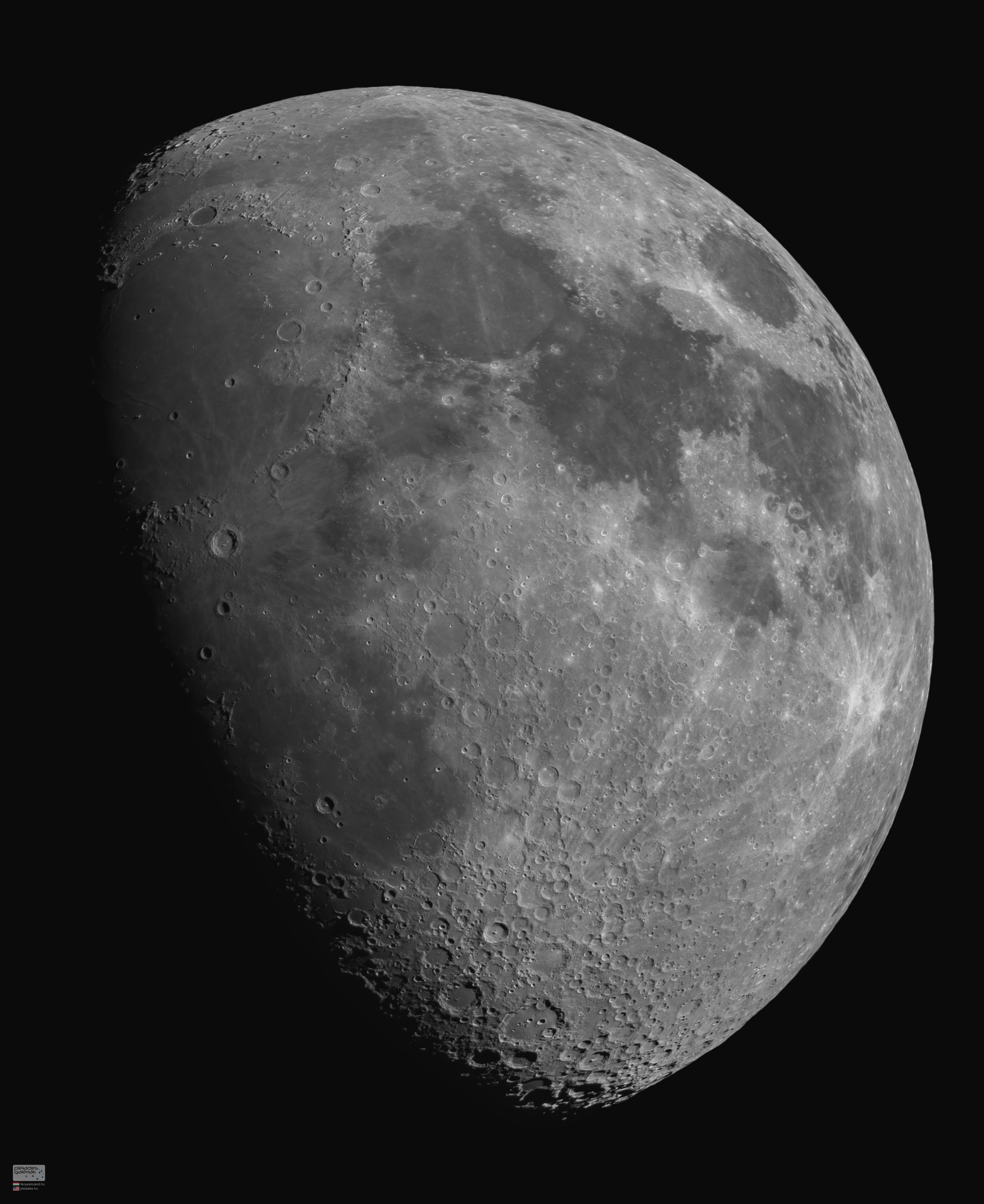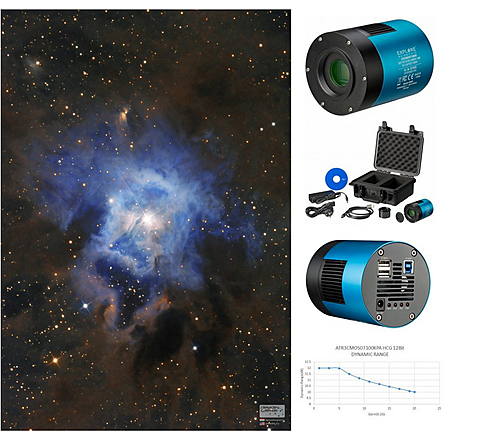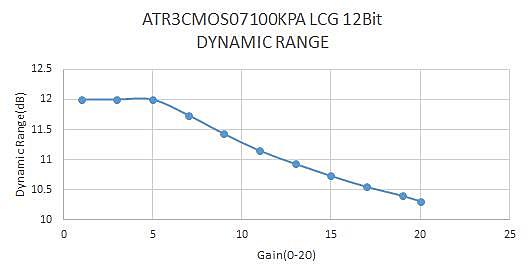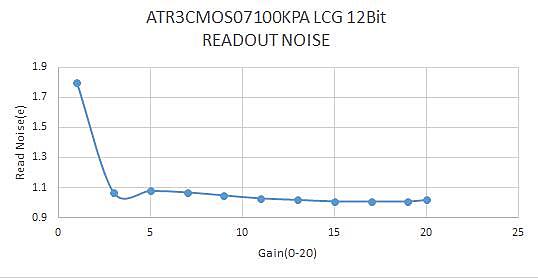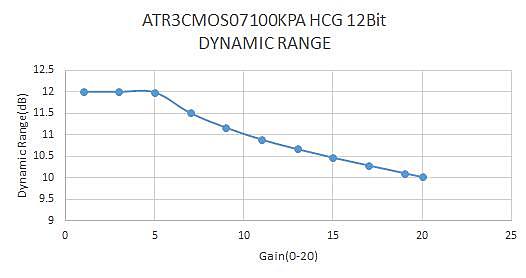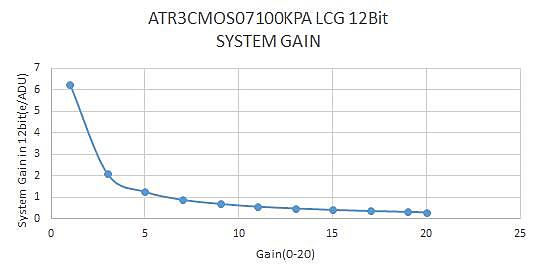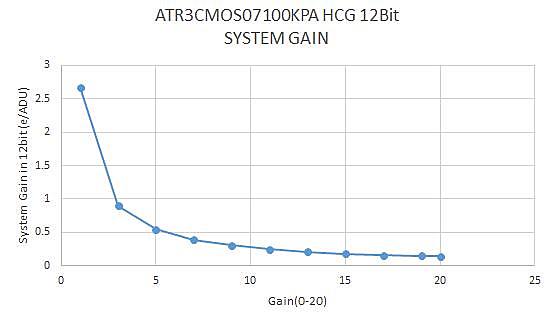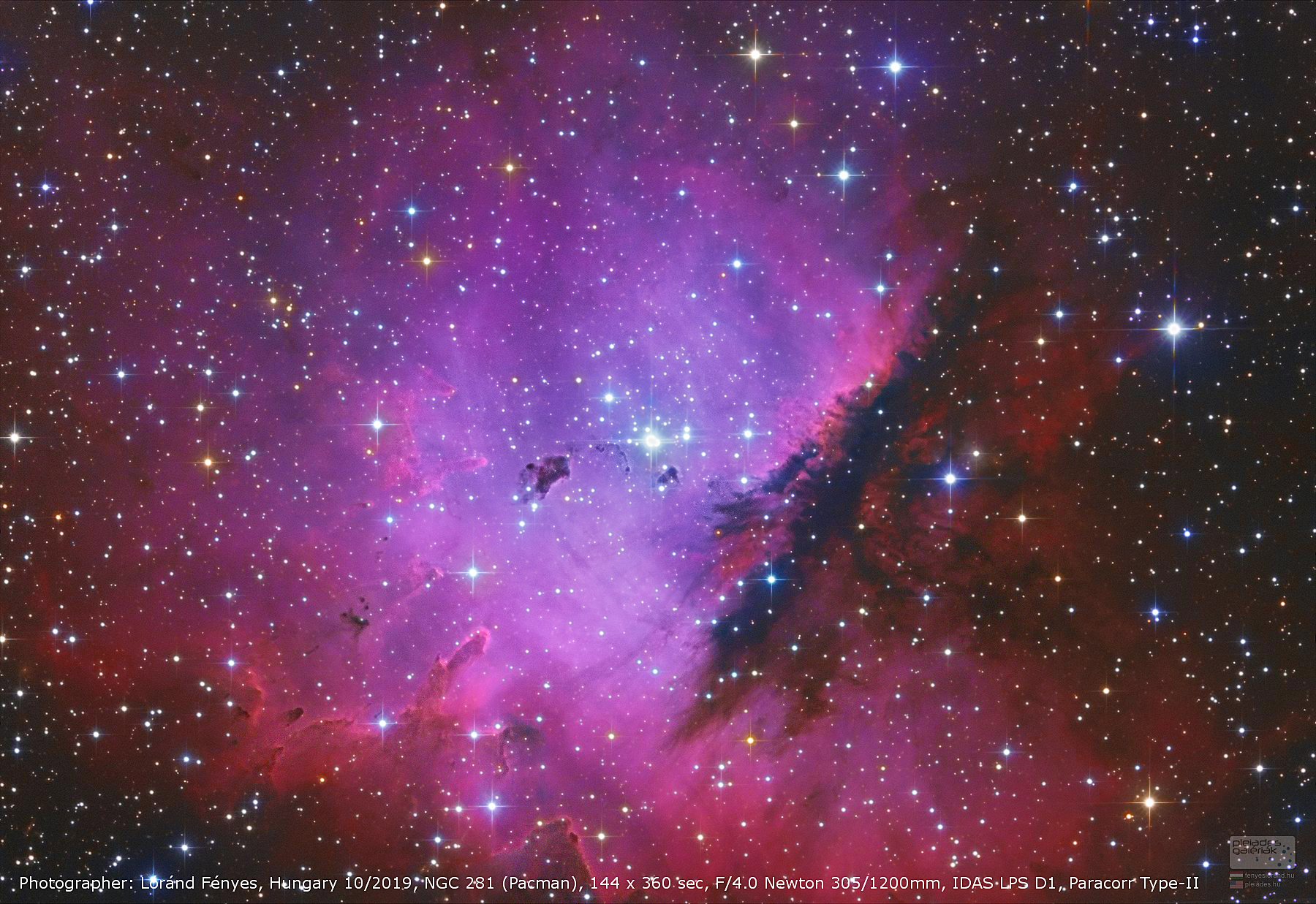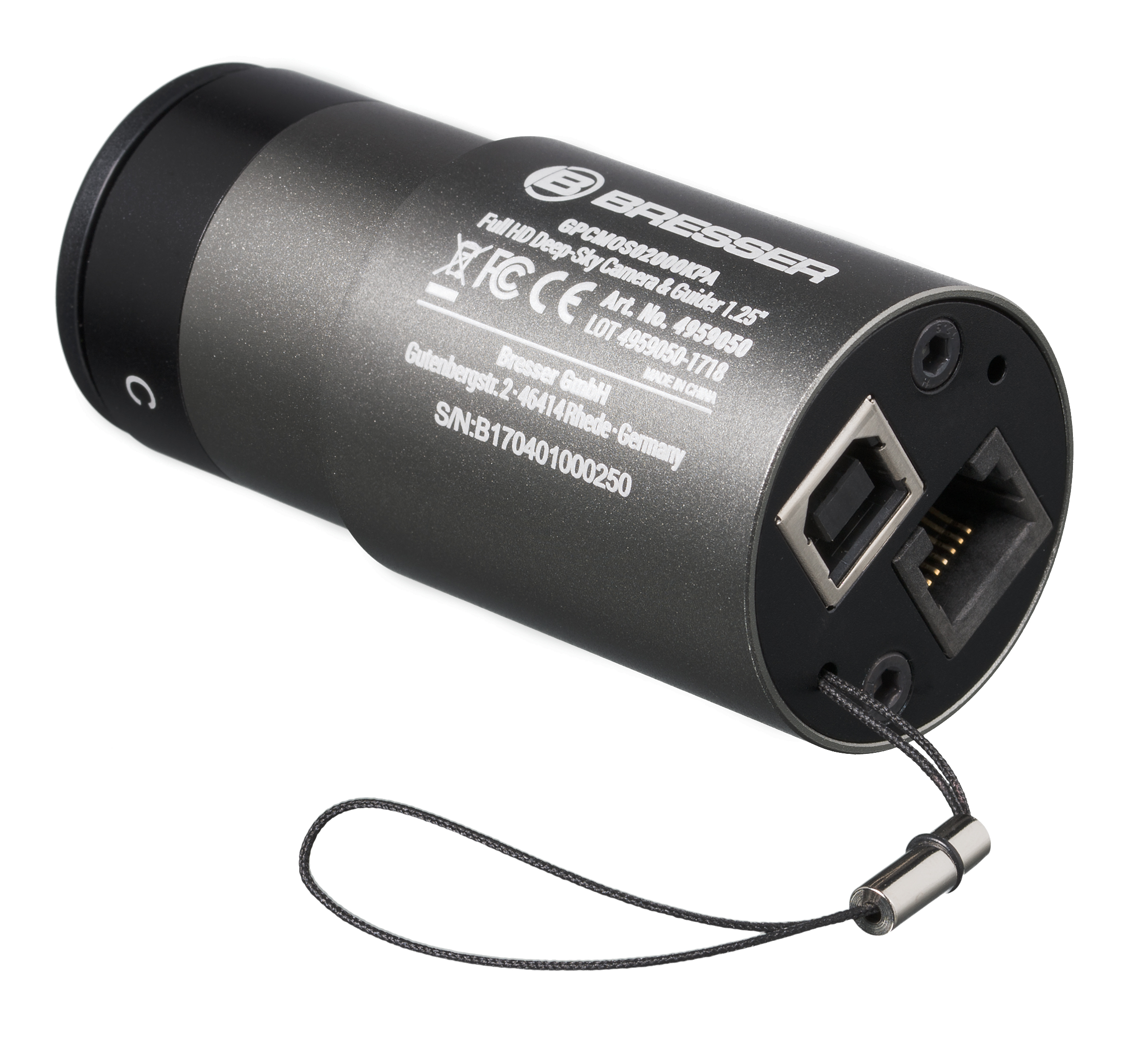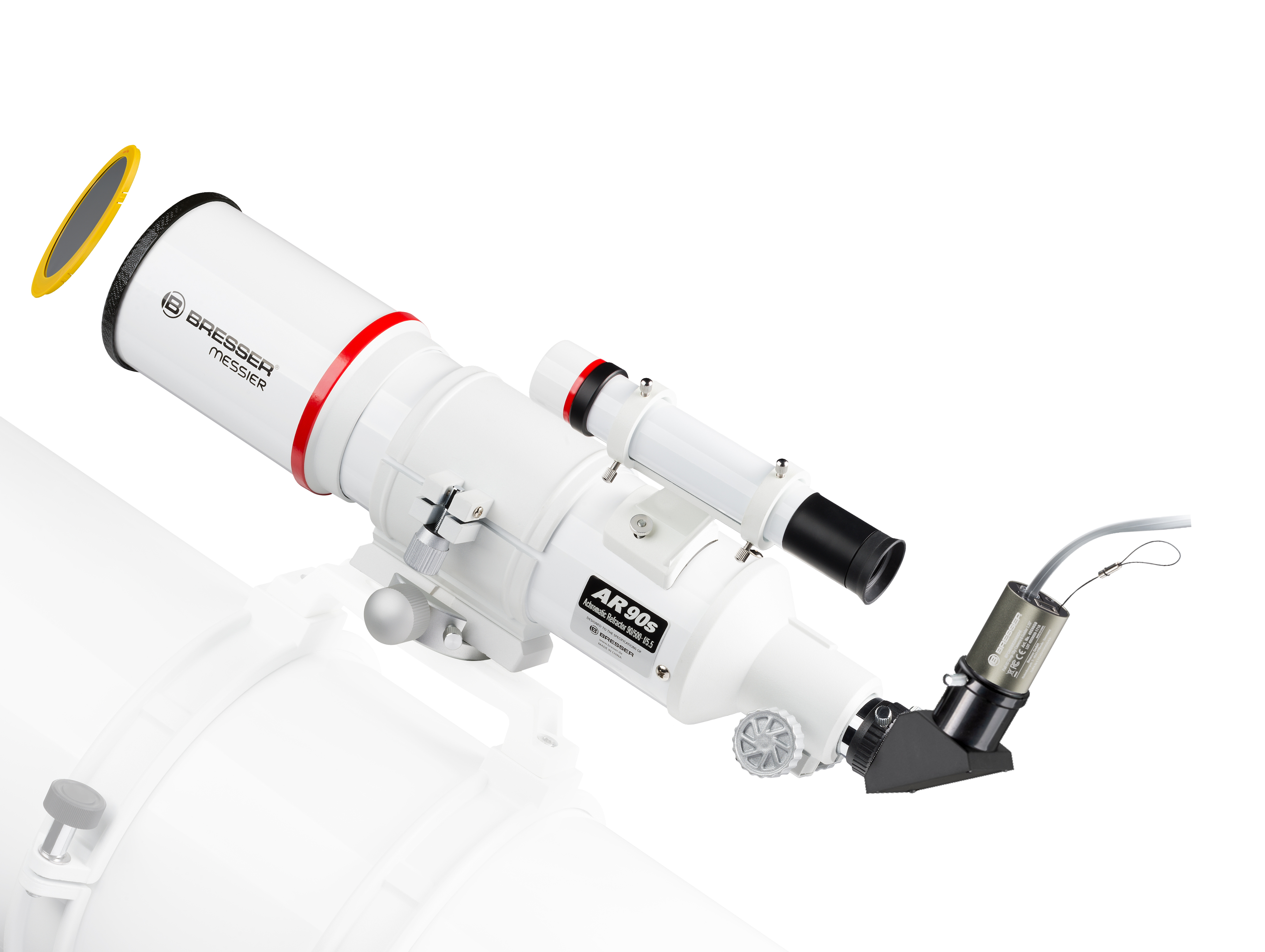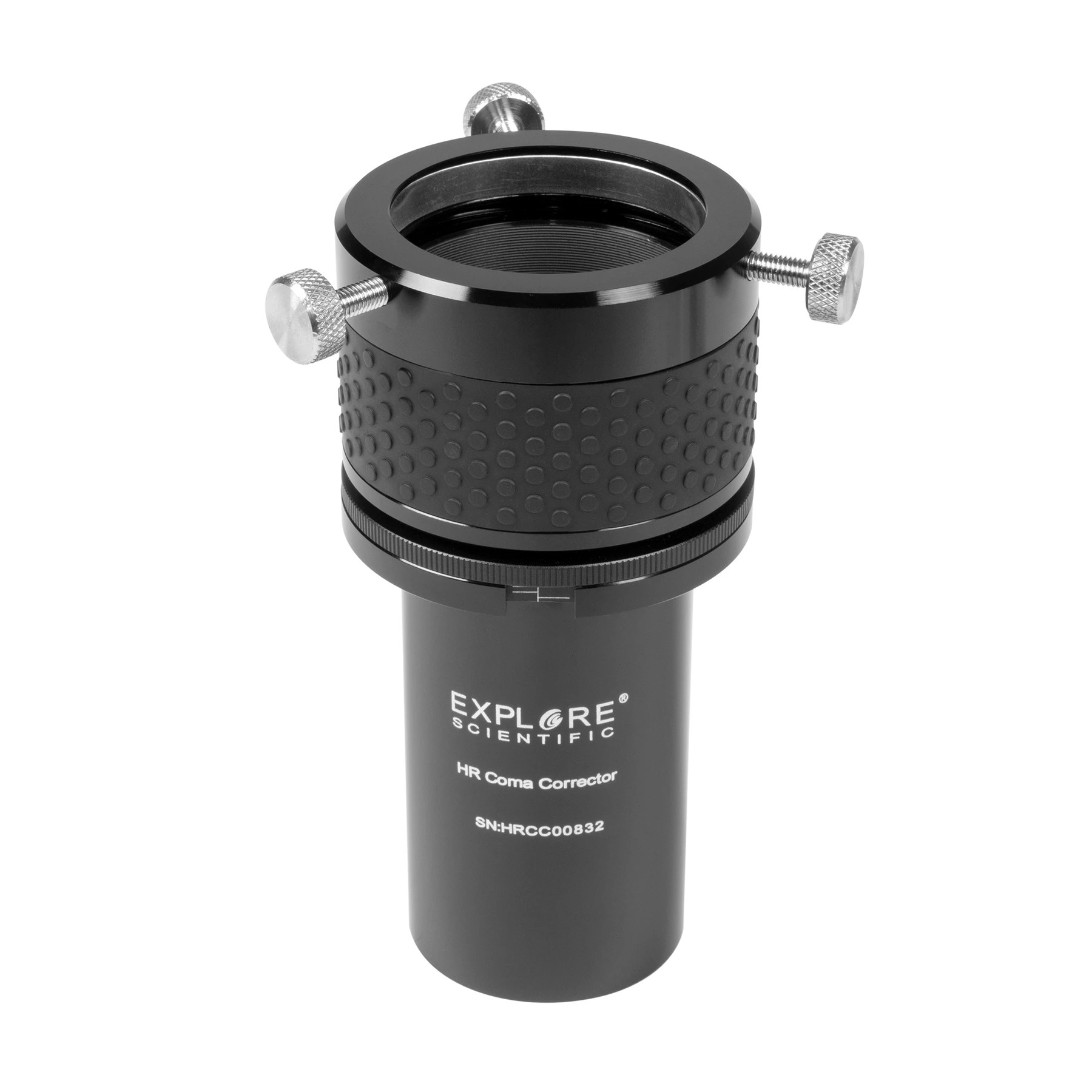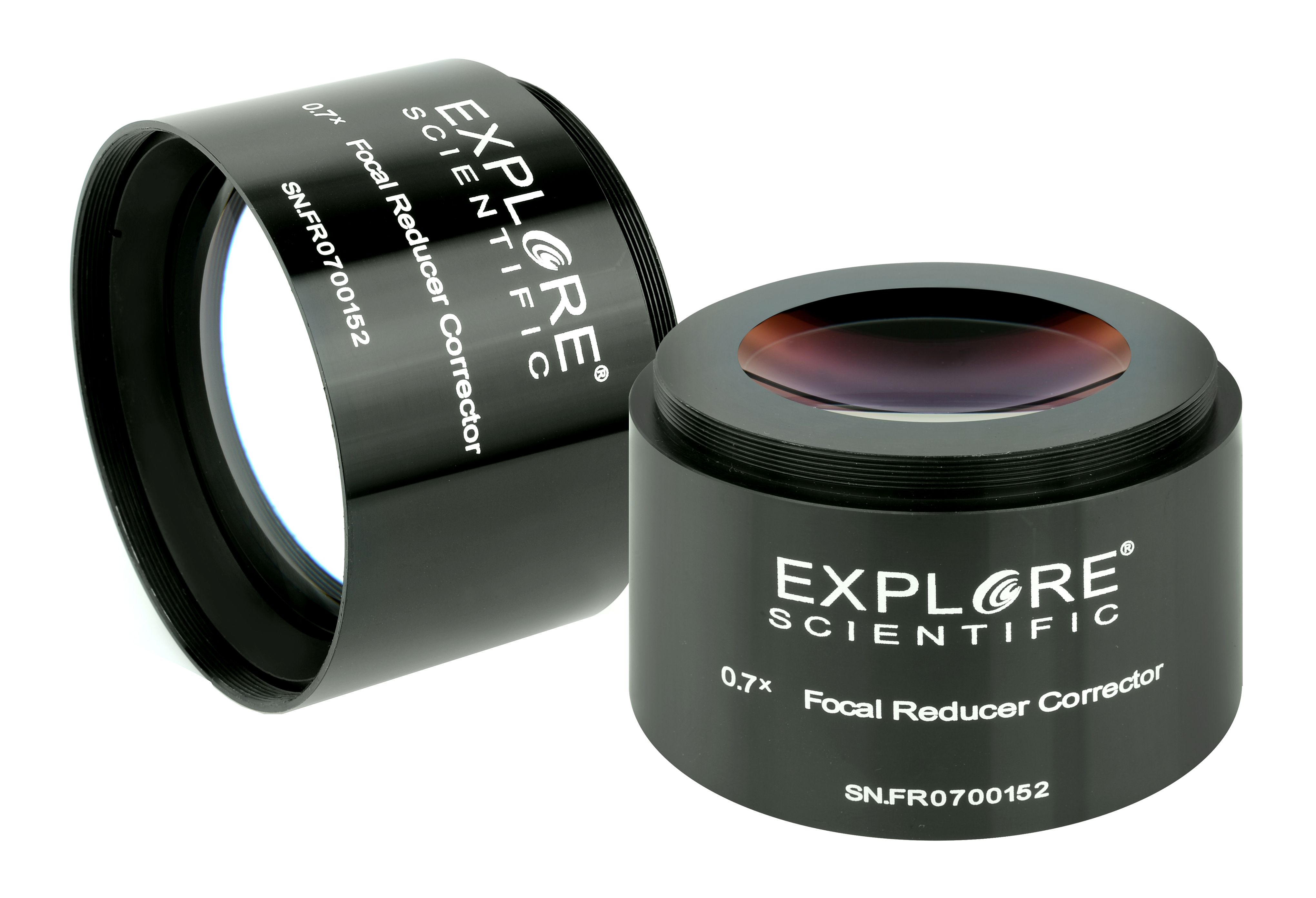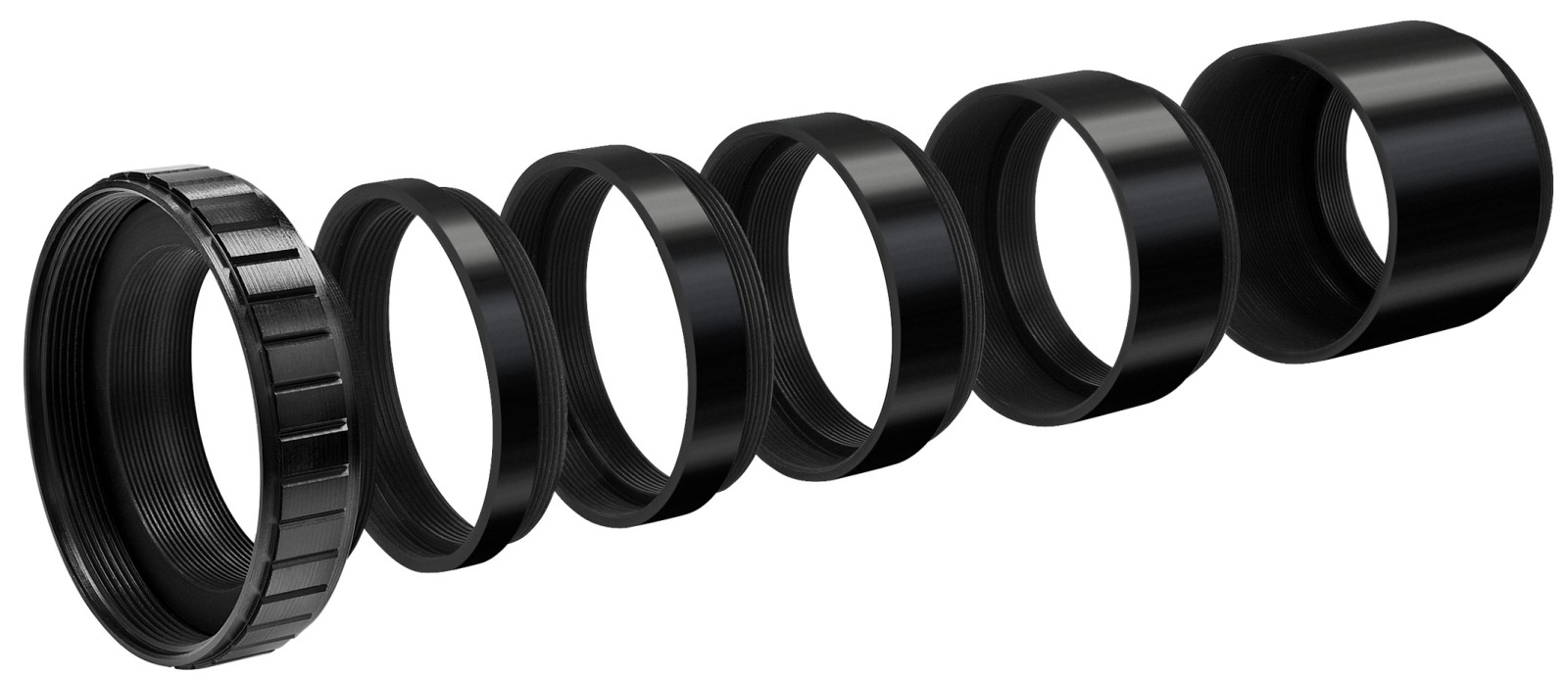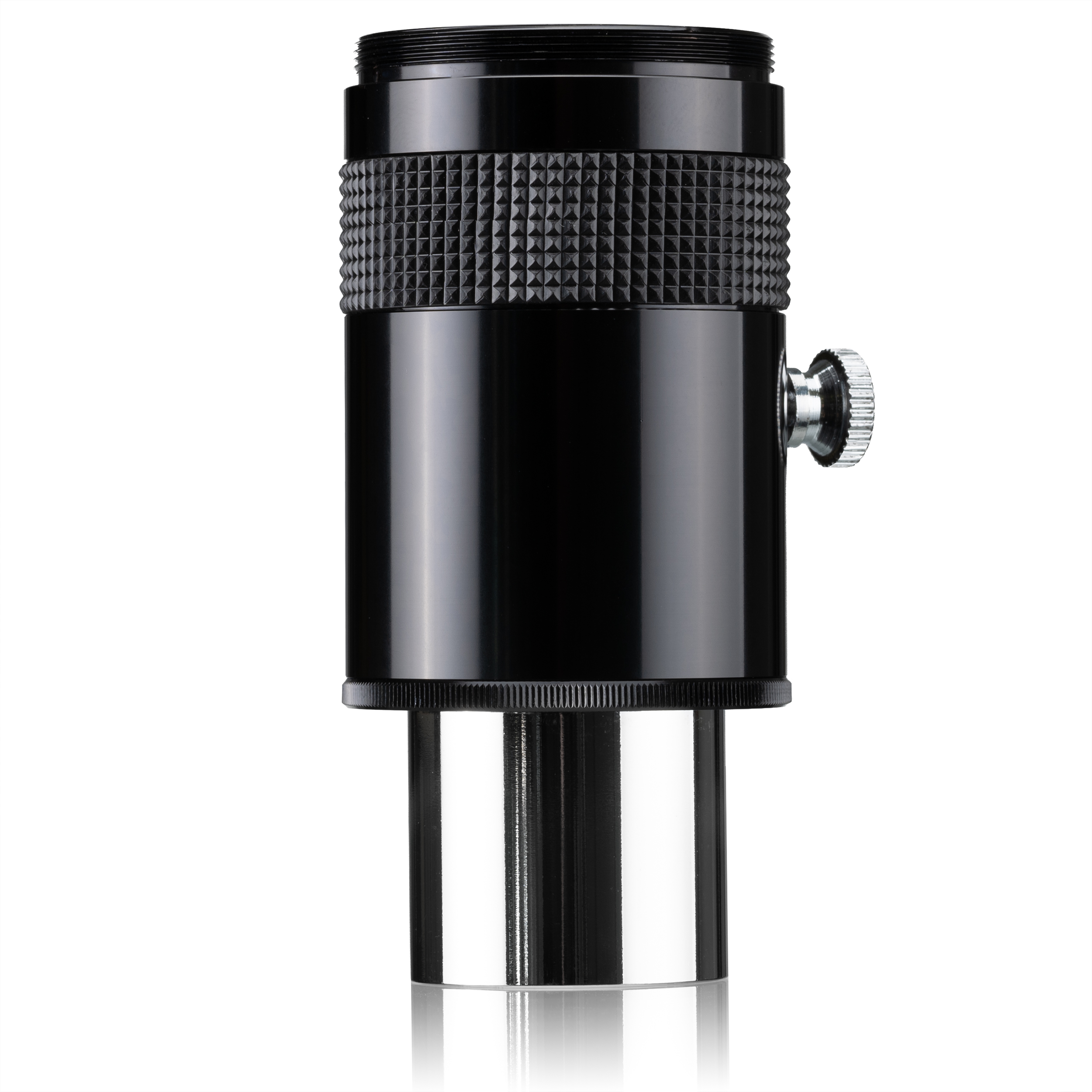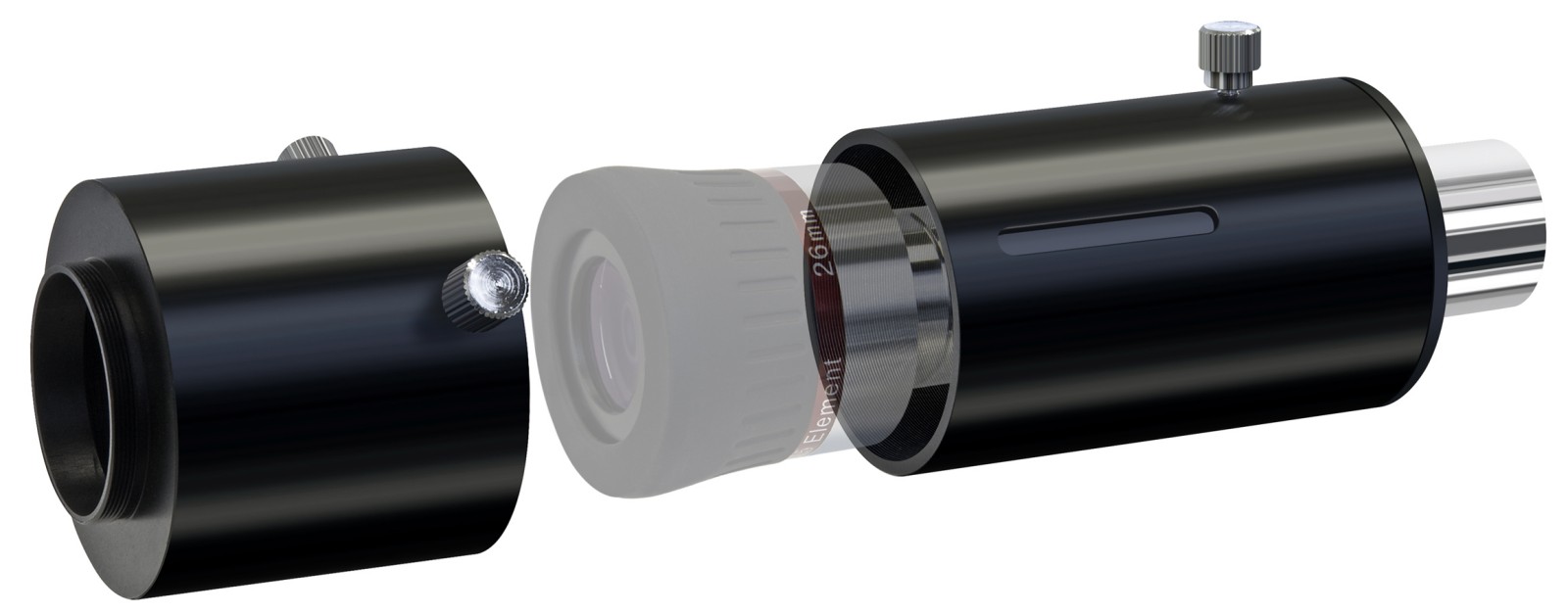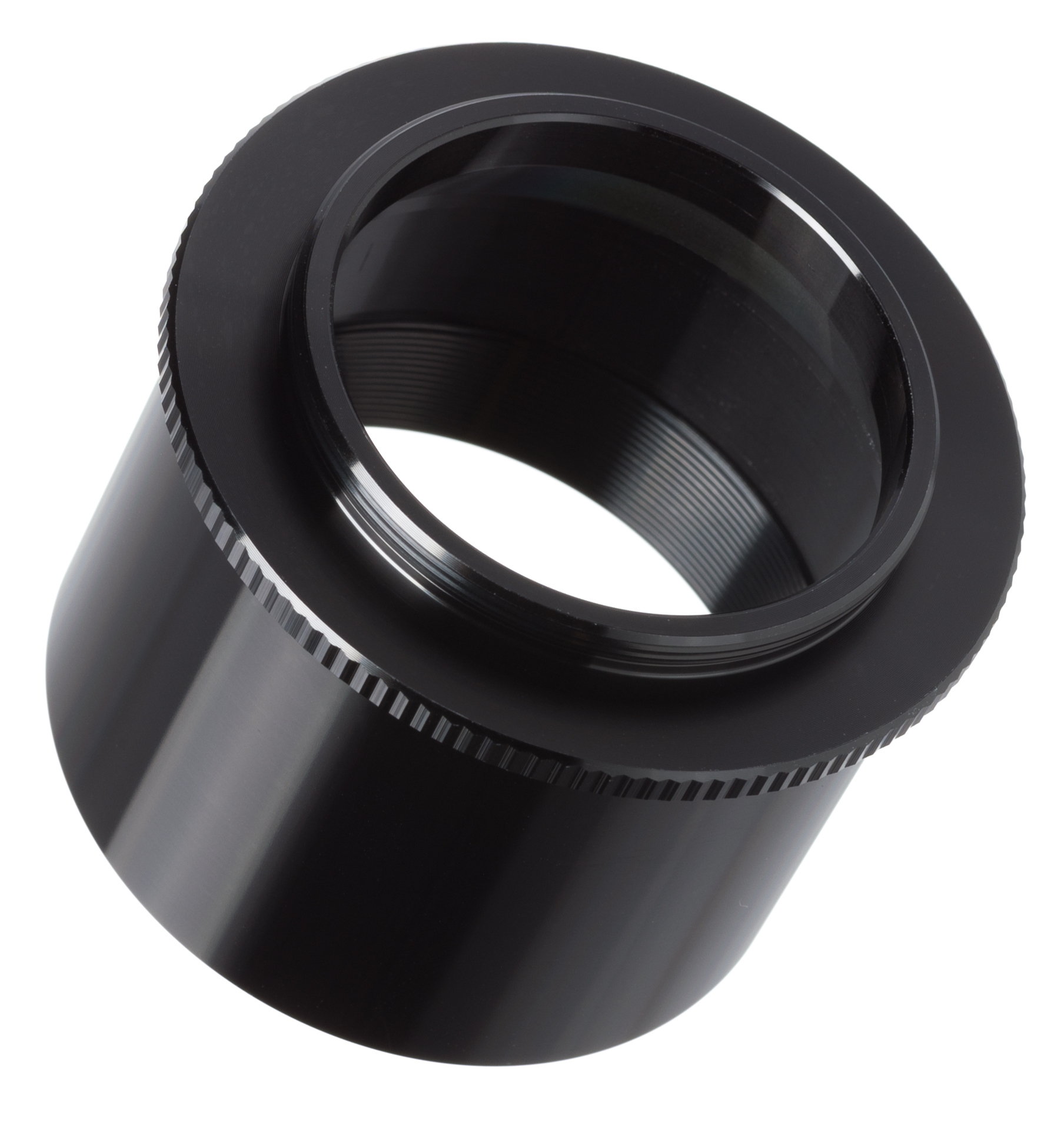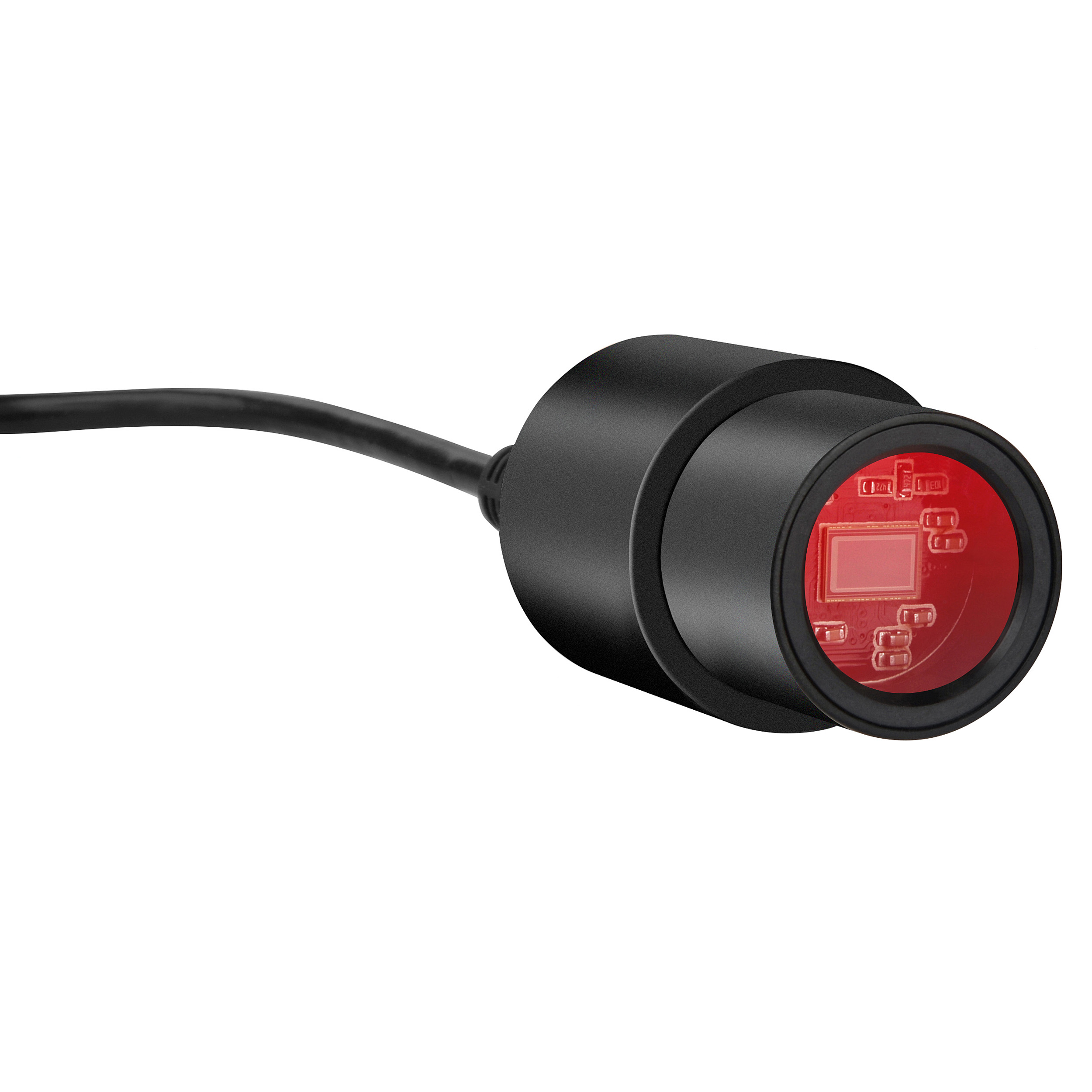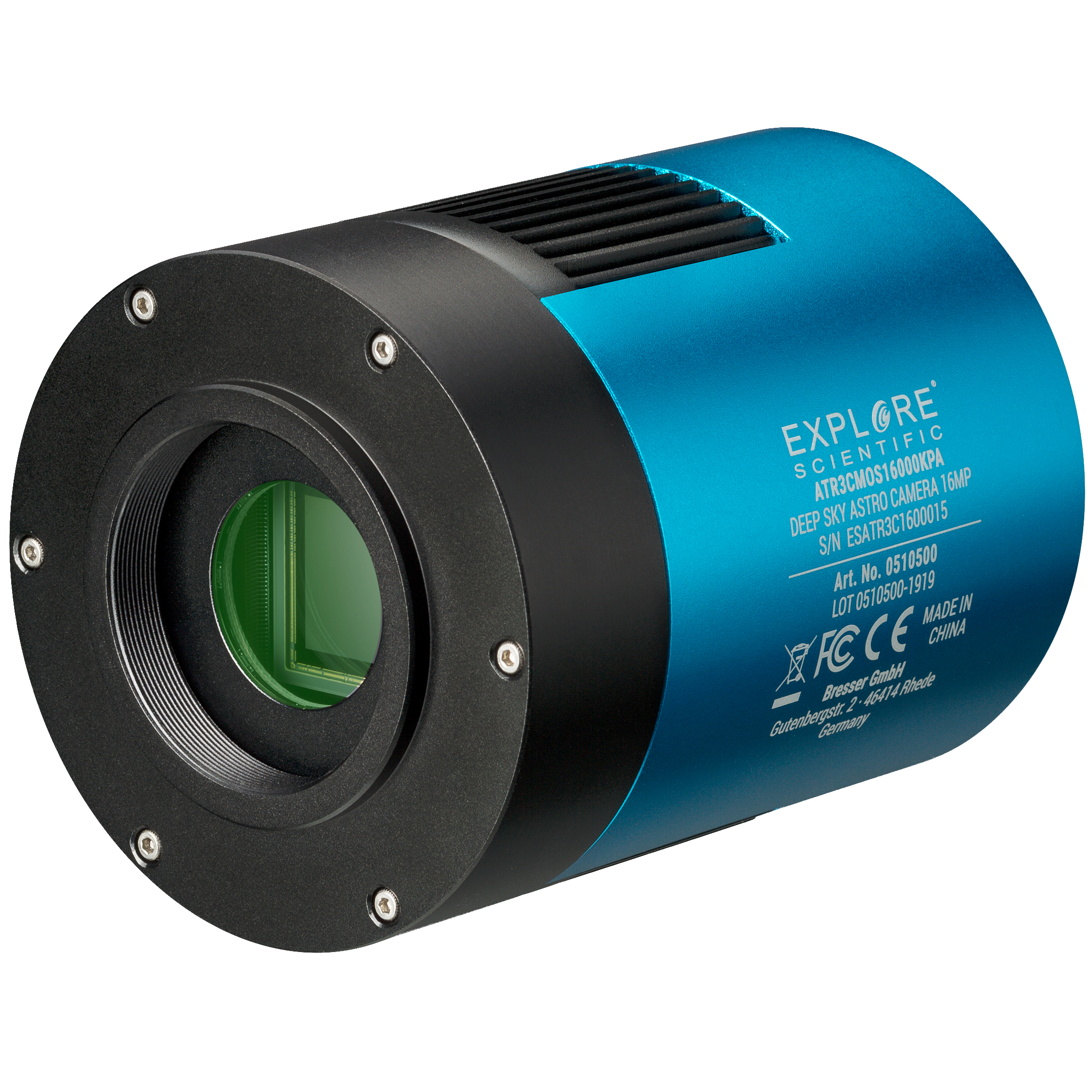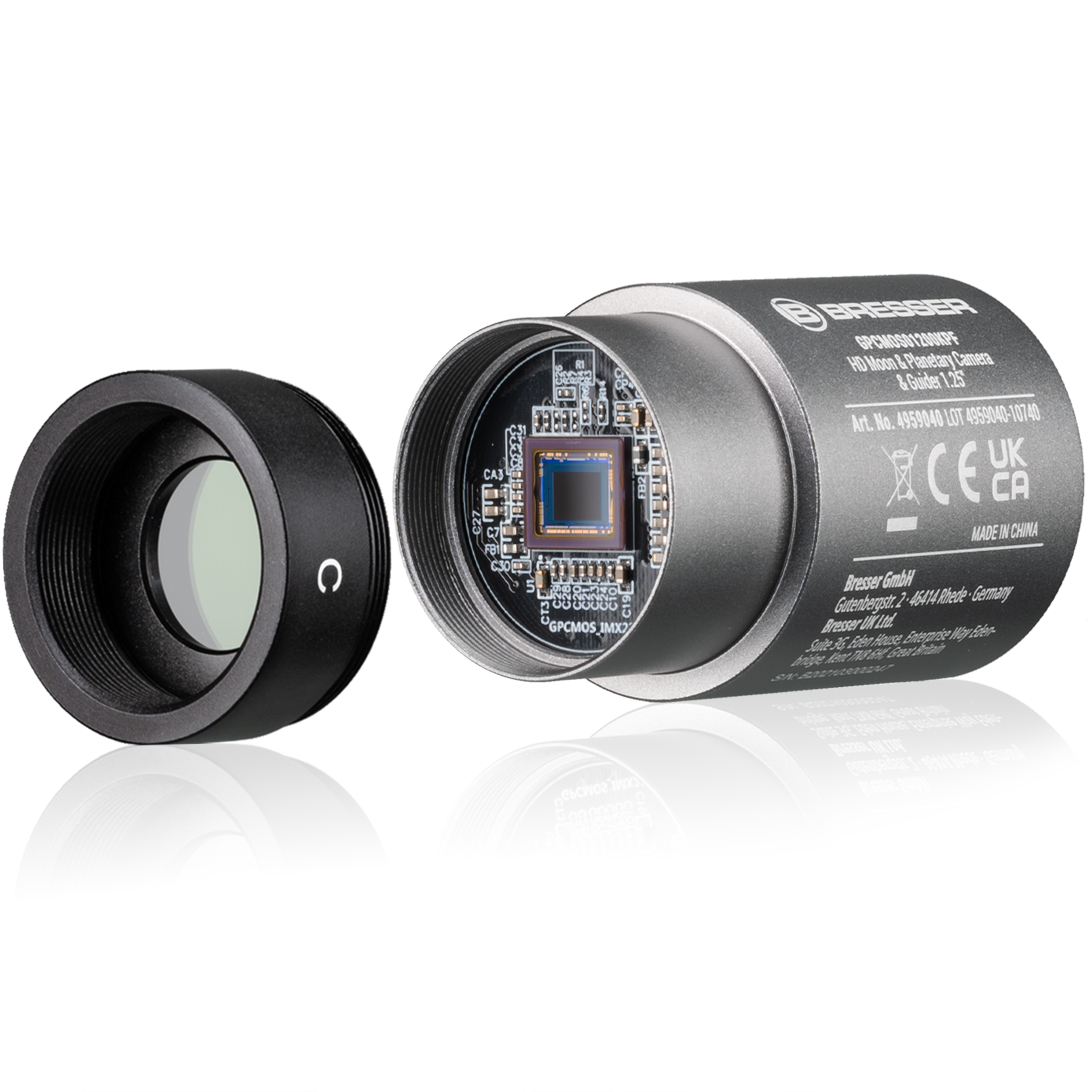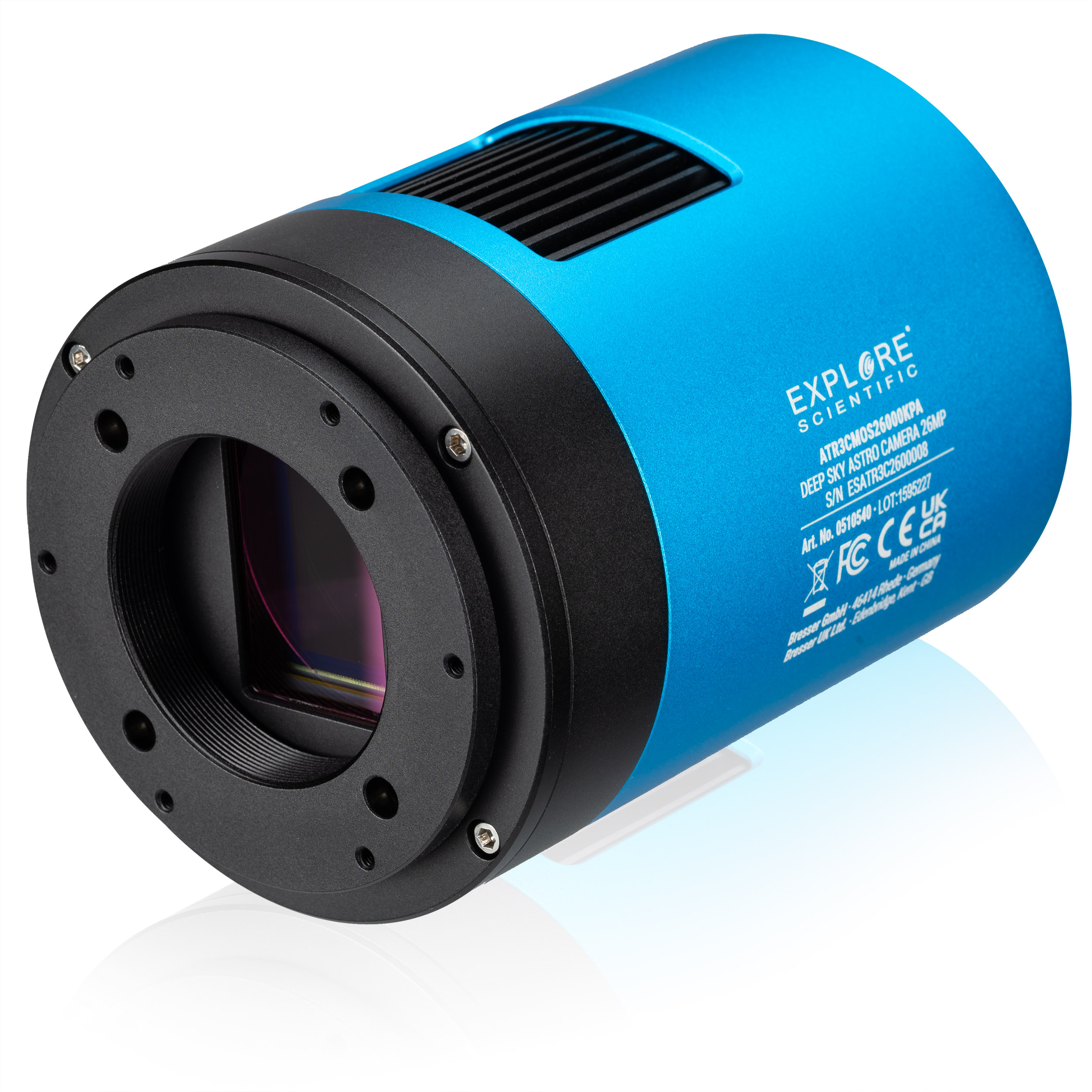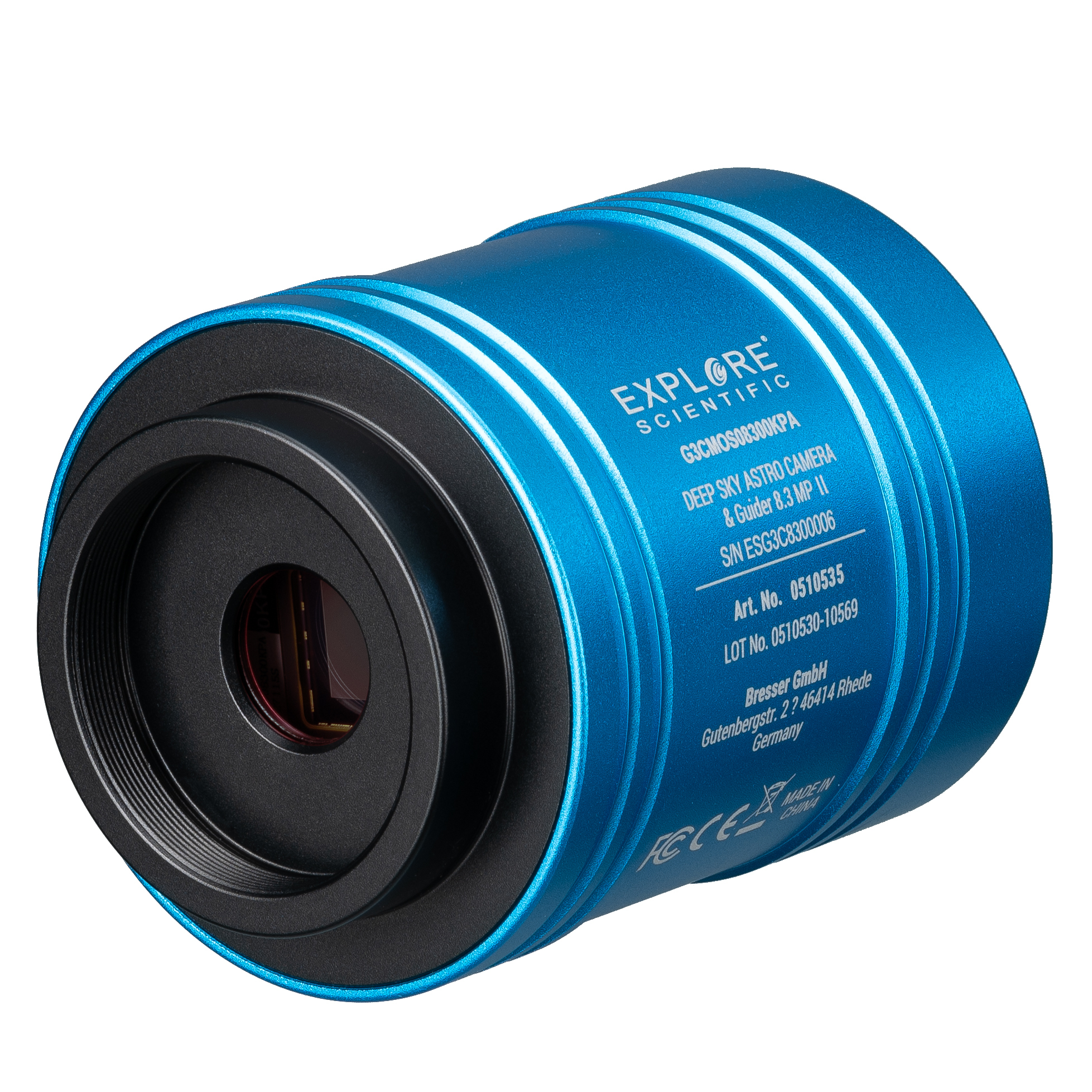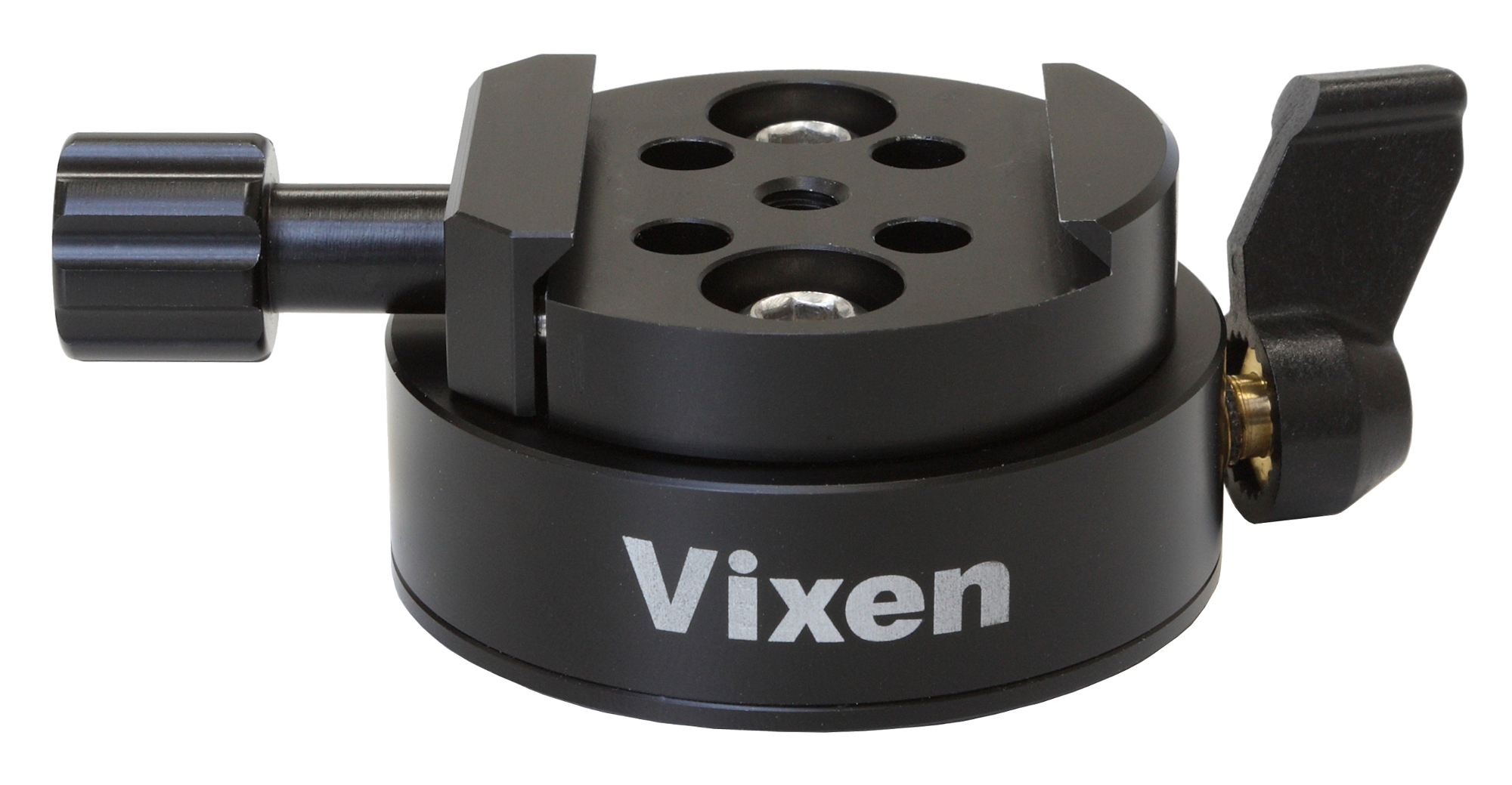Product information "EXPLORE SCIENTIFIC Deep Sky Astro Camera 7.1MP "
High resolution deep sky camera with large SONY Exmor IMX428 CMOS sensor and active cooling for telescopes with short and moderate focal lengths. Enter the world of astrophotography now. With the new
EXPLORE SCIENTIFIC DEEP SKY ASTRO camera you get a
modern complete package for the comfortable shooting of astro photos and videos. Finally, an
easy-to-use camera for capturing
galaxies, star clusters, the moon and even planets with
extreme high sensor sensivity and extreme low sensor noise. The high sensitivity enables very short exposure times and the freezing of the air turbulence (seeing) in planetary images. Thanks to the
fast USB 3.0 computer interface, all image data is transferred within a few seconds.
Long waiting times are now history. Simply connect the camera to your telescope using the T2 female thread (M42.0.75mm) or the supplied 2'' (50.8mm) plug-in adapter and after installing the drivers and the
included EXPLORE Capture recording and editing software, you are ready to take the first
real astro photos with a highly specialized camera for your application.
The
EXPLORE Capture pro software included in delivery not only offers the basic functions required
for image and video capture, but also many helpful special functions for image post-processing and camera setup. Functions such as
live image display, exposure settings, white balance, dark image print, stacking, timelapse recording and much more can be configured individually. Especially the very sophisticated software makes your entry into astrophotography really easy. With the
automatic settings you can produce absolutely presentable results without any previous knowledge. If you like, simply switch off the automatic settings and gradually dare to adjust the
individual professional settings. The new EXPLORE SCIENTIFIC DEEP SKY camera has a
highly sensitive and very low-noise SONY Exmor IMX428 CMOS sensor which is
additionally cooled down to 40°C below ambient temperature by the two-stage thermoelectric cooling.
In contrast to normal DSLR cameras, this guarantees much lower noise and fewer hot pixels in your shots. The images are not only
much sharper and more brilliant, but also contain
more usable image information. Through the controlled setting of the desired camera temperature, the creation of dark frames under reproducible shooting conditions is possible at any time.
The large-format CMOS sensor with 17,6mm diagonal also allows large image fields and simplifies the adjustment and centering of objects considerably.
The camera has a
built-in USB hub with 2 x USB2.0 ports at the rear. Connect your additional autoguider camera or motor focus etc. via a short USB cable and
reduce the risk of cable spaghetti and cable breaks. Separate cable connections between your accessories and your computer are no longer necessary.
A
sturdy hard case for the camera plus accessories is also included.
IMPORTANT NOTES:
Don't get confused by the megapixel data and the contrary price structure.
In the field of astronomy, the key criterion is not the sensor
resolution but the maximum light sensitivity. The main goal is to
capture as much light as possible in a short time.
DOWNLOAD latest camera software and drivers see download folder "Manuals" or here: http://www.touptek.com/download/showdownload.php?lang=en&id=2
Sample photos made by Lóránd Fényes in Hungary: https://fenyeslorand.hu/asztrofotok/
Field of view for different focal lengths in arc minutes and degrees: 400 mm - 124´x 85´ (2.1 x 1.4 degrees)
500 mm - 99´x 68´ (1,7 x 1.1 degrees)
600 mm - 82´x 56´ (1.4 x 0.9 degrees)
700 mm - 70´x 49´ (1.2 x 0.8 degrees)
800 mm - 62´x 43´ (1.0 x 0.7 degrees)
900 mm - 55´x 38´ (0,9 x 0.6 degrees)
1000 mm - 49´x 34´ (0.8 x 0.6 degrees)
1250 mm - 40´x 27´ (0.7 x 0.5 degrees)
1500 mm - 55´x 23´ (0.6 x 0.4 degrees)
1750 mm - 28´x 19´ (0.5 x 0.3 degrees)
2000 mm - 25´x 17´ (0.4 x 0.3 degrees)
FEATUREScamera type: ASTRO Camera 7.1MP ATR3CMOS07100KPA
data output: single pictures and video
image Sensor: SONY Exmor IMX428 CMOS Color Sensor
resolution: 3200x2200
binning: 1x1 / 2x2
frame rate per second (FBS): 51 / 133
physical sensor size in pixels: 3200 x 2200 / 1600 x 1100
megapixel: 7.1 MP
sensor size: 14.4 x 9.9 mm (1.1 inch)
pixel size: 4.5 µm x 4.5 µm
bit depth: 12 Bit
backfocus: 17,5 mm
shutter Type: global shutter
internal camera memory: DDR 3 RAM
thermoelectric cooling with fan: yes, up to 40°C below ambient temperature
adjustable exposure times: 150µs to 60min
operating temperature: -10 to +50°C (30-80% RLH)
cable length USB 3.0: 150cm
DC cable length power supply: 200cm
CNC machined aluminium housing
camera diameter: 80mm; length: 102mm
camera weight: 0,53 kg
camera connection diameter: 2.0 inch ( 50.8mm)
camera connection thread: T2 (M42x0,75mm)
filter thread: Yes, 2.0 inch in receptacle
camera connection to PC: USB 3.0
built-in USB hub with 2 x USB 2.0 ports
power supply: Power supply 12 Volt 3,0 Ampere included
software: EXPLORE Capture included
camera driver and ASCOM driver included
operating system: WINDOWS 10 + 11
PC requirements: CPU Intel Core2 2.8Ghz or higher / 2 GB Ram / USB 3.0
SCOPE OF DELIVERY- DEEP SKY ASTRO Camera 7.1MP
- telescope adapter T2 thread to 2.0'' (50,8mm)
- USB 3.0 connection cable 150cm
- power supply 230V/12V3,0A
- dust cap
- software CD
- hard case
- instruction manual


